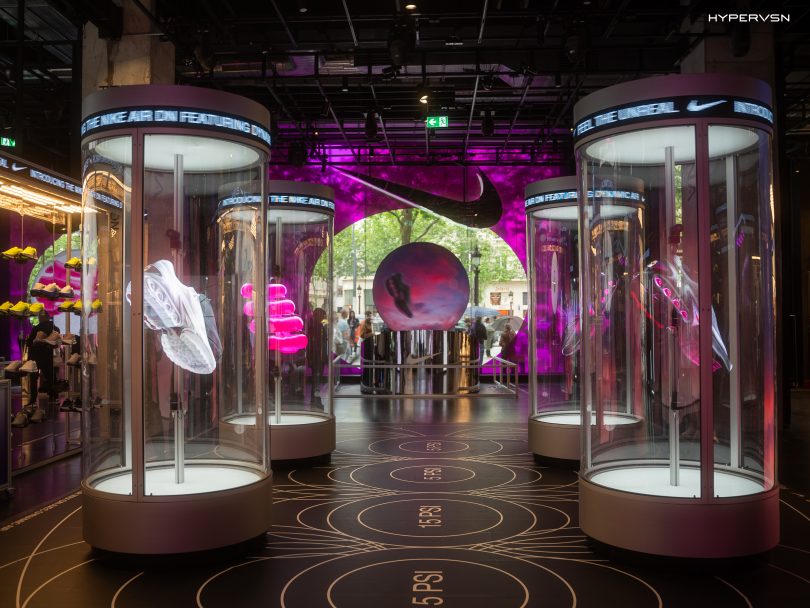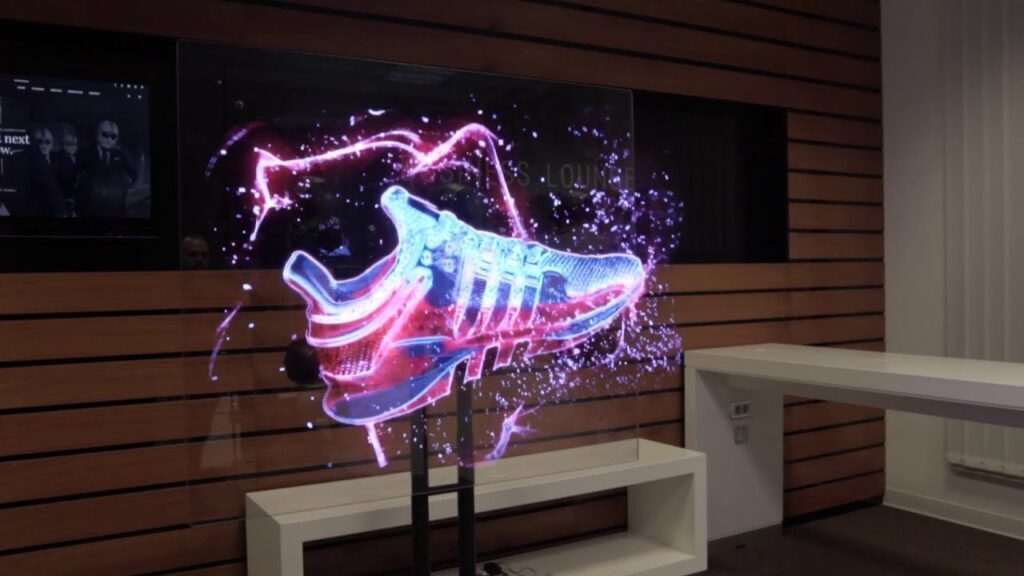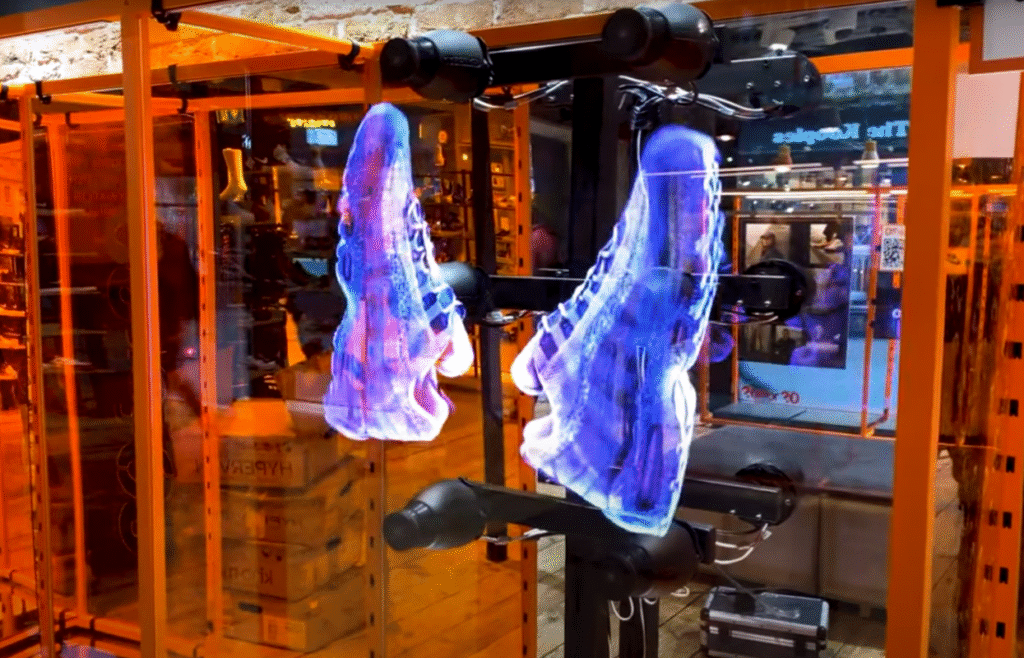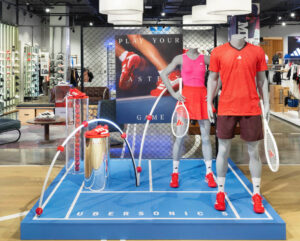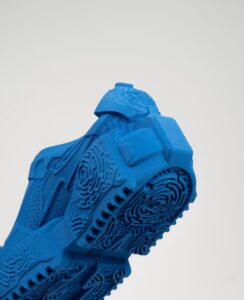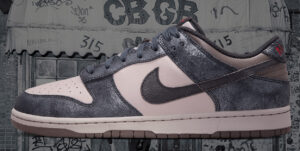From Shelves to Spectacle
Shopping has never been easier. Two clicks on a smartphone and almost any product in the world can arrive at your doorstep within days, sometimes hours. Convenience is no longer the differentiator. What the digital marketplace lacks is experience. And in 2025, it’s experience that’s becoming the new frontier of retail. Nike is among the boldest to reimagine what that means.
In Paris, inside its House of Innovation, the sportswear giant has replaced traditional displays with floating holograms, ushering in a future where brand storytelling becomes an event in itself.
The Rise of Experiential Retail
Retailers once competed by offering broader product assortments or faster checkout processes. But those metrics have been erased by e-commerce platforms. The real battleground now is emotional connection.
Experiential retail doesn’t just show products — it immerses consumers in narratives. Think of Gucci’s archival “Vault” stores, Louis Vuitton’s traveling exhibitions, or Gentle Monster’s art-meets-retail installations. Nike’s hologram activation belongs to this wave, turning a sneaker launch into cultural theater.
Nike’s House of Innovation in Paris
The Paris House of Innovation is more than a flagship — it’s a laboratory for storytelling. Positioned on Avenue des Champs-Élysées, the store acts as a testing ground for cutting-edge retail strategies, from personalization to sustainability showcases.
When it came time to launch the Air Max Dn, Nike resisted the urge to simply stock shelves. Instead, they orchestrated a holographic installation that floated mid-air, projecting the sneaker in surreal motion. Lights refracted, details shimmered, and consumers could walk around the projection, experiencing the product’s narrative from all angles.
The campaign tagline, Feel the Unreal, wasn’t just marketing copy — it was the experience itself.
The Air Max Dn: More Than a Shoe
Every Air Max since Tinker Hatfield’s 1987 original has been defined by innovation. The Dn continues that lineage, debuting Nike’s new Dynamic Air system. But rather than rely solely on cushioning specs, the hologram display amplified the product’s futuristic ethos.
Consumers weren’t just told about advanced air pods and fluid transitions — they saw them, animated in three dimensions, pulsing as though alive. The technology became the narrative, and the sneaker the centerpiece of a digital-physical performance.
Why Holograms Work in Retail
Holograms are not just gimmicks. They serve a psychological function: memory. Research in consumer behavior suggests shoppers remember experiences far longer than static displays. A shelf is transactional. A hologram is transformative.
For Nike, holograms also reflect brand DNA. The company has always blurred sport and spectacle, from Michael Jordan’s gravity-defying leaps to Serena Williams’ legendary comebacks. Translating that spirit into retail is a natural extension.
Competing on Wow Factor
Nike’s experiment underscores a larger truth: retailers who compete on convenience will lose to online platforms. But those who compete on wow will thrive. Brands like Apple have long recognized this, with glass cube stores that double as landmarks. Nike’s holographic installations belong to that lineage, creating spaces that are visited as much for wonder as for purchase.
The lesson is clear: future retail must be more immersive, more shareable, and more unforgettable than anything a digital checkout can replicate.
Beyond Paris
The holographic showcase is likely a preview of Nike’s global retail strategy. Imagine hologram activations tied to athlete partnerships — LeBron James dunking in mid-air, Kylian Mbappé sprinting through light trails, Simone Biles spinning across beams of holographic gravity.
The possibilities extend beyond footwear. Apparel, accessories, even performance data could be projected as interactive layers, blending shopping with digital storytelling.
Culture, Technology, and Storytelling
Nike’s Paris experiment reflects a cultural shift. As consumers, we crave stories that feel larger than ourselves. That’s why concerts, festivals, and immersive exhibitions thrive in an era dominated by digital screens. Retail is catching up, merging commerce with culture.
Holograms symbolize this convergence: the future of buying is no longer about holding a product in hand, but about stepping inside the world the product represents.
Flow
Nike has proven that retail’s survival doesn’t rest in competing with e-commerce on speed or price, but in creating moments that feel impossible online. With its holographic display at the House of Innovation in Paris, Nike hasn’t just launched a sneaker — it has launched a vision of what the future of retail could be: immersive, story-driven, and unforgettable.
In a world of two-click checkouts, it is no longer about what you buy. It’s about what you experience.
No comments yet.

